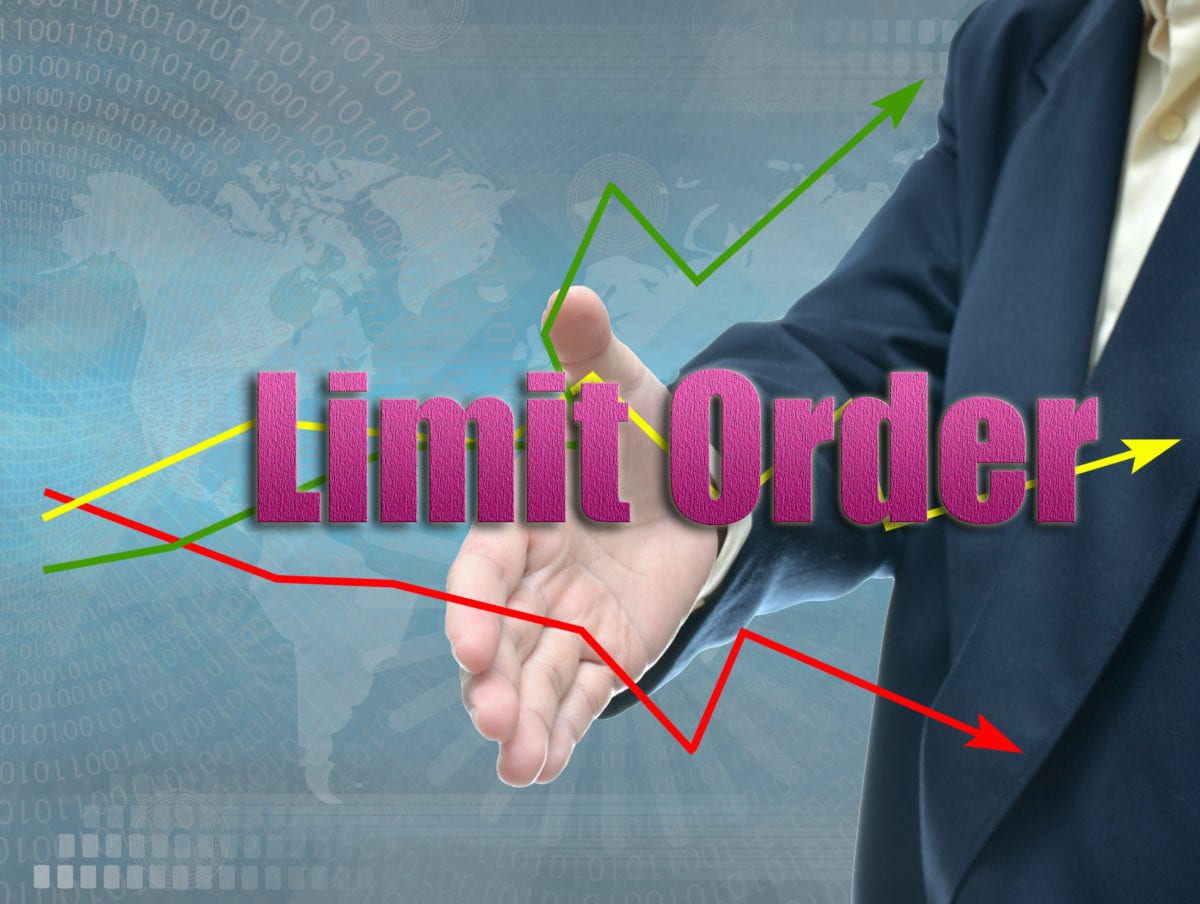Physical Address
304 North Cardinal St.
Dorchester Center, MA 02124

Let’s talk limit orders. It’s one of the more common order types used to buy/sell stocks.
A limit order lets you specify the price you want to buy/sell a stock at.
When selling, you set a limit to sell your shares at a specific price or higher.
When buying, you set a limit to sell your shares at a specific price or lower.
Where a market order guarantees your order will be filled, but not the price it gets filled at, a limit order is the opposite. It’ll give you control over the price you buy/sell a stock at but there ain’t no guarantee your order will be executed.
After doing your research, you’re interested in buying shares of a hot new healthcare company, Stomach Health Technologies (ticker symbol SHT).
The stock price is currently floating around $25 a share which you think is kinda high. But you think if it drops to $20, that would be a good price to jump into some SHT. So you put a buy limit order in for $20.
In this case, you will only end up buying shares of SHT if the stock drops to a price of $20 or less. However, if SHT share prices keep rising and don’t drop down to $20 a share, your order will never be filled.
Now let’s say you buy some SHT and then decide you’d like to unload it if the stock hits $35. In this case, you’d put in a sell limit order in for $35. This limit order will only be executed if SHT rises to $35 a share or higher.
There are a few reasons to use a limit order when buying/selling stock.
First, it’s a good way to protect yourself from market volatility.
Also, if you’re trading a more lightly traded stock, using a limit order will prevent you from getting an unexpectedly bad price when you buy/sell. Remember, regular old market orders don’t guarantee a price so you could get screwed on your trade. That’s not the case with limit orders.
Limit orders are also great for lazy-ass people who don’t follow the stocks they invest in closely. If you’re a lazy-ass, first, kudos to you. Second, you can use limit orders to make sure your shares are sold automatically when a stock gets to a price you’re happy with. Or, you buy a stock at a price you’re happy with.
There are some downsides of limit orders to keep in mind.
First, placing a limit order may cost more than a market order depending on your brokerage. However, if you use a brokerage that has free trades, that won’t be an issue.
Also, you may not sell all the shares you want with a limit order. If you place a limit order to sell 100 shares of a stock at $45 a share, there may only be someone willing to buy 60 of those shares at $45. In that case, you’d sell those 60 shares but would still be sitting on 40 shares.
Another potential downside is that your order may never get executed. Plenty of people have missed out on buying a stock on a big upswing by using a limit order at a price the stock never dropped back to.
One important thing to know about any limit order you place is how long it’s good for.
If you place a day limit order, the order is only good for the remainder of the trading day. This may be good for the day trading crowd but not longer term investors.
However, you can make your limit order “Good Til Cancelled”. This will keep the order open until the price you set is reached and the order is filled (or you cancel your order). Depending on your brokerage firm, a Good Til Cancelled order may be automatically cancelled after 90 – 180 days.